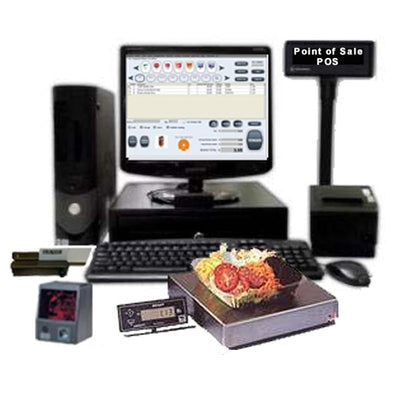The tools that power the retail and service industries are evolving. The latest POS technology is at the forefront of this transformation. They incorporate the power of hardware and software to go far beyond the traditional cash register as well as receipt. Payment collection is not the only thing that counts. Today, the point of sales experience is about operational intelligence, customer insight, and seamless integration across every aspect of the business.

POS Software: The Heart of the System
Point of sale POS software is a command center which can handle basic transactions. It automatically updates stock and alerts customers when products are running low. It manages sales history and customer preferences, turning every purchase into valuable information that can be used to inform future strategies for marketing and buying decision-making.
A great POS system’s ability to link departments is among the most under-appreciated features. Some systems have time clocks, which are used to calculate salaries and to schedule employees instead of handling payroll on its own. The result is an easier process for employees and less administrative stress.
For companies that have physically and online presence today’s POS software comes with vital ability to sync. Store-based products can be synchronized with online stock in real-time to avoid double-selling or mismatches. This unified approach is essential because shopping trends are moving towards hybrid purchases, where shoppers can browse online before picking up the product at the shop.
Why Integration Matters More Than Ever
Modern POS system is best known for its interoperability. There is no need to managing multiple tools that do not “talk” to each other. The strength of a robust POS platform is in the ease with which it connects inventory, sales, personnel management and even accounting.
Be aware of the experience customers have. One glance at the check-out could show a customer’s loyalty points and apply discounts. Additionally, it will provide them with an electronic receipt. On the backend, the same sale is used to update the revenue totals as well as the stock availability and daily reports. This allows for a more personal shopping experience and also reduces manual input and errors.
Managers and business owners find this level of information important. With accurate, real-time data always available, they can respond quicker to changes in demand as well as adjust pricing strategies and ensure their team is adequately staffed at peak times.
The long-term benefits of smart Investment
There are many reasons why businesses are investing more in POS software. These solutions deliver measurable ROI. They’re not just about speed or accuracy, but in their ability to support smarter decision-making and long-term growth. A properly-designed point-of-sale solution can simplify operations and help you discover patterns that might have missed.
Moreover, with the rise in expectations of consumers, a modern point-of sale setup is now a crucial but silent part of customer experience. Nowadays, customers are demanding speedy checkouts, accurate stock updates as well as flexibility in digital payment. Businesses that can meet these aspects increase trust and are more likely to receive repeat visits.
Final Thoughts
A modern POS is much more than a instrument for completing checkouts. It’s a connection between your employees, you and customers. A POS system that’s appropriate for your business can help you make better decisions and make your business more efficient.
In a highly competitive industry staying ahead of the competitors means being aware and agile, as well as focusing on your clients. It’s not just about selling products, but you’re also building something lasting with a smart integrated POS point-of-sale software.